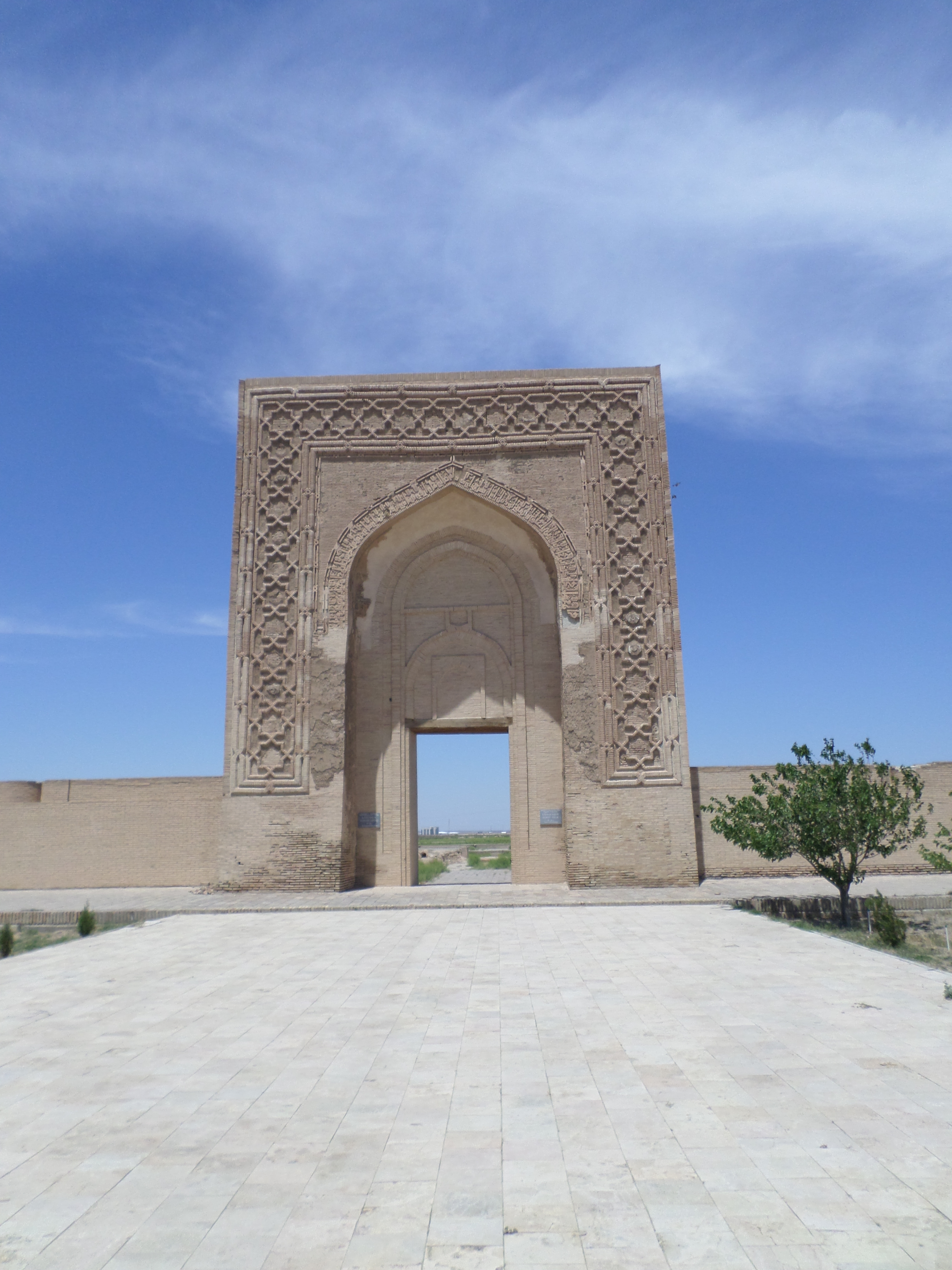Shams Al-Mulk Nasr on:
[Wikipedia]
[Google]
[Amazon]
Shams al-Mulk Nasr was a Karakhanid ruler in
 He was the son of Böritigin, a Karakhanid ruler from the western branch of the family, known as the "Alids", which was named after their ancestor
He was the son of Böritigin, a Karakhanid ruler from the western branch of the family, known as the "Alids", which was named after their ancestor  Shams al-mulk is known for its buildings in the Zerafshan valley. Shams al-mulk built the palace and gardens of Shamsabad in
Shams al-mulk is known for its buildings in the Zerafshan valley. Shams al-mulk built the palace and gardens of Shamsabad in
Transoxiana
Transoxiana or Transoxania (Land beyond the Oxus) is the Latin name for a region and civilization located in lower Central Asia roughly corresponding to modern-day eastern Uzbekistan, western Tajikistan, parts of southern Kazakhstan, parts of Tu ...
from 1068 to 1080. He was one of the greatest rulers of the dynasty.
Biography
Ali ibn Musa Qara Khan
ʿAlī ibn Abī Ṭālib ( ar, عَلِيّ بْن أَبِي طَالِب; 600 – 661 CE) was the last of four Rightly Guided Caliphs to rule Islam (r. 656 – 661) immediately after the death of Muhammad, and he was the first Shia Imam. ...
.
Bukhara
Bukhara (Uzbek language, Uzbek: /, ; tg, Бухоро, ) is the List of cities in Uzbekistan, seventh-largest city in Uzbekistan, with a population of 280,187 , and the capital of Bukhara Region.
People have inhabited the region around Bukhara ...
, where the Karakhanids later lived. The palace was located southwest of the Magok-i-Attari Mosque, outside the Bukhara.
Shams al-Mulk was the first ruler of the city to build a royal residence outside the rabad of the city, on the site of the current Namazgah.
One of the most important Karakhanid structures, most of which survived at the beginning of the 20th century, is Rabati Malik. It is located in Navoi
Navoiy (), also spelled Navoi, is a city and the capital of Navoiy Region in the southwestern part of Uzbekistan. Administratively, it is a district-level city, that includes the urban-type settlement Tinchlik. It is located at latitude 40° 5' 4 ...
, 110 km northeast of Bukhara on the road to Samarkand
fa, سمرقند
, native_name_lang =
, settlement_type = City
, image_skyline =
, image_caption = Clockwise from the top: Registan square, Shah-i-Zinda necropolis, Bibi-Khanym Mosque, view inside Shah-i-Zi ...
. The complex was greatly expanded in 1078–1079 by Shams al-Mulk.
During the reign of Shams al- mulk, Omar Khayyam was invited to Samarkand.Boris A. Rosenfeld «Umar al-Khayyam» in Helaine Selin, Encyclopaedia of the History of Science, Technology, and Medicine in Non-Western Cultures, Springer-Verlag, 2008, , p.215-216
Shams al-Mulk died in 1080 and was succeeded by his brother Khizr-khan.
References
Sources
* * * * Kochnev B.D. Numizmaticheskaya istoriya Karakhanidskogo kaganata (991—1209 gg.). Moskva «Sofiya», 2006. * McClary, Richard Piran. Medieval Monuments of Central Asia: Qarakhanid Architecture of the 11th and 12th Centuries. Edinburgh University Press, 2020.Further reading
* {{cite encyclopedia , article = ʿALĪTIGIN , last = Bosworth , first = C. E. , author-link = C. E. Bosworth , url = http://www.iranicaonline.org/articles/alitigin-the-usual-name-in-the-sources-for-ali-b , encyclopedia = Encyclopaedia Iranica, Vol. I, Fasc. 8 , pages = 887–888 , location = London et al. , year = 1985 1080 deaths Turkic rulers 11th-century Turkic people Year of birth unknown 11th-century rulers in Asia